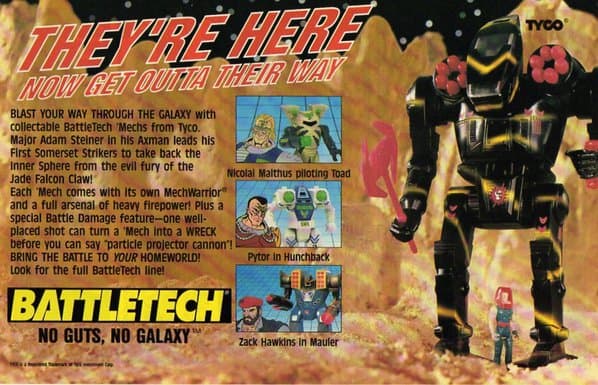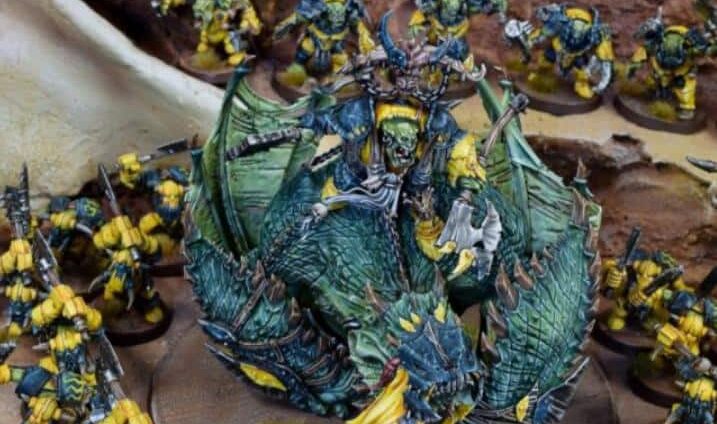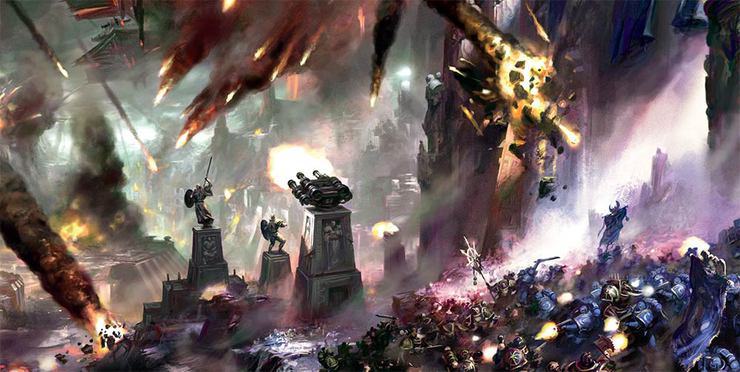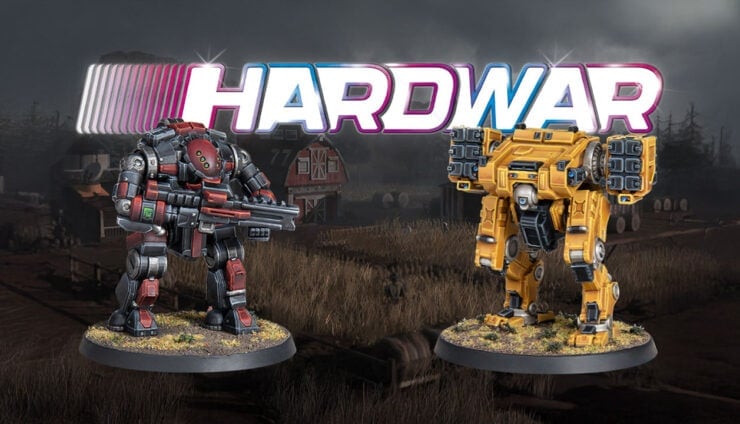 Hey Game Fans, we’re back with some more information on Abstract Aerospace Combat. Aerospace fighters add a certain level of complexity to Alpha Strike.
Hey Game Fans, we’re back with some more information on Abstract Aerospace Combat. Aerospace fighters add a certain level of complexity to Alpha Strike.
Aerospace Combat can be an amazing addition to the game but it’s optional. You and your opponent need to decide if you’re going to use it before you get started.
We want to make sure you get the best use of these forces for your games. Last time we talked about movement. This time we’re going over Combat. You’ve all wanted to wage a bitter air war, right? Let’s take a deeper look Aerospace Combat. Today we’re going to finish up Air to Ground Combat, and then we’re going to try and cover Air to Air combat. Let’s dig in.
Step 6: Determine Damage
Remember that damage is applied to the target’s front arc regardless of the direction of the Aerospace Unit is facing.
- Dropship Attacks: Dropships are one of the few units in the game that has multiple firing arcs and can in fact target multiple units. Depending on the type of attack utilized, a Dropship can use any of its firing arcs to target enemy units. Make sure you check out which firing arc is used when you make the attack.
- Strafing Damage: Strafing Damage is equal to half of the damage listen on the unit’s card for Short Range, (round normally, minimum 1 damage). This is applied to all units that are hit by the strafing attack.
- Striking Damage: Striking Damage is equal to the Unit’s damage at Short Range plus any Overheat increases to damage.
- Bombing Damage is dependent upon the type of Bomb used for the Bombing attack. It affects any ground targets inside the area of effect as listed in the bomb. Bombs that hit underwater areas do half their normal damage, but trigger a critical hit check.
- Bomb Types: There are three common types of bombs used in Alpha Strike. Remember that carrying a BOMB reduces the current Thrust Value of the unit carrying it. Every BOMB dropped increases available Thrust by 1 point per BOMB Their stats are:
- High Explosive (HE) Bomb: HE Bombs do 2 points of damage to all ground targets within 2 inches of the Point of Impact.
- Cluster Bomb: Culster Bombs do 1 point of damage to all ground targets within 6 inches of the Point of Impact.
- Inferno Bomb: Inferno Bomb does 2 points of Heat to all ground target within two inches of the point of impact. Against units that don’t track heat, this deals 2 points of damage instead.
- Bomb Types: There are three common types of bombs used in Alpha Strike. Remember that carrying a BOMB reduces the current Thrust Value of the unit carrying it. Every BOMB dropped increases available Thrust by 1 point per BOMB Their stats are:
Step 7: Determine Critical Hits
Critical Hits are applied the same way they are determined with Ground units and you can find those rules in our write up on Combat here.
Conclusions
Once all of your units have made their ground attacks, the turn sequence proceeds normally and damage is applied normally during the End phase. We’re going to take a moment and then we’re going to dive into Air to Air Combat. Let’s take a look at what this adds to our game of Alpha Strike. First, Aerospace units add force multipliers and a variety of options for your games of Alpha Strike.
fighters (and specifically the use of Bombs) allow a player to drop a lot more power on the table than they would normally throw. Bombs are effectively free, you just have to note which of your air units are carrying them and reduce their thrust accordingly. Aerospace units that have expended their bombs are still capable of providing Strafing and Strike missions in support of ground objectives. Dropships also have the capacity to fire at multiple targets at a time and even grounded dropships can provide a firebase to support your ground units.
Air to Air Aerospace Combat
So how do you deal with your opponents Aerospace Units?
Well, the most effective way to keep your opponent’s fighters from having an impact on the battlefield is to keep them out of the Central map zone. Remember that Aerospace Units can’t change zones when there are enemy fighters in the same zone. Being able to lock down your opponent’s air units requires Aerospace Units of your own to keep them occupied and out of the Central Zone.
Note: Remember, using Aerospace Units in the Abstract Aerospace Combat system is optional and you and your opponent have to agree to use the rules. I personally think they are a fun addition to the game, but they may not be appropriate for every game.
We’re going to get started with the procedure for how to resolve Air to Air Combat, and we’ll probably have to finish it up next week. Without further ado, Air to Air Combat Resolution.
This is a multi-step procedure and you need to completely resolve each step in the procedure before moving to the next unit.
The seven steps are:
- Verify Line of Sight
- Establish Engagement Control
- Determine Range
- Determine To-Hit Number
- Roll to Hit
- Determine and Apply Damage
- Roll for Critical Hits
Now most of these should be familiar to you, so we’re going to focus on how these are different from the steps in other combat procedures.
Step 1: Verify Line of Sight
Units in the same zone have Line of Sight to each other
Step 2: Establish Engagement Control
Both Units in the engagement make a piloting roll (with a +2 modifier for atmospheric flight). If one unit succeeds at this roll, they’ve outmaneuvered the other unit and get a -2 bonus to their attack roll. They’ve effectively dropped into the area behind the target and are better positioned for the shots they are taking. This also means the unit being tailed can’t effectively return fire and can’t shoot back at their attacker. If both units succeed or both units fail, neither unit has outmaneuvered their opponent.
Step 3: Determine Range
Range is a tricky thing for Air to Air Combat. If both units failed their Control Rolls in step 2, they are fighting at long range (with appropriate range modifiers and damage values). Now is where things get tricky. If either unit succeeded at the Control Roll in step 2, add half of it’s current thrust to that roll. If the unit failed the Control Roll, add a quarter instead. Compare these two modified rolls, and the unit with the Higher value can determine what range the shots are exchanged at.
To Be Continued? (Yeah, to be continued)
We’re running light on time for this article, so we’re going to have pick up here next week. We’ll also cover Ground to Air combat and then cover how air units take damage. Hopefully in a couple of weeks we can finish up with Abstract Aerospace Combat and then maybe look at another scenario or two. That’s it for Alpha Strike today.
Today’s Art comes from Colourbrand, and you can find him on DeviantArt.
Game On, Game Fans








